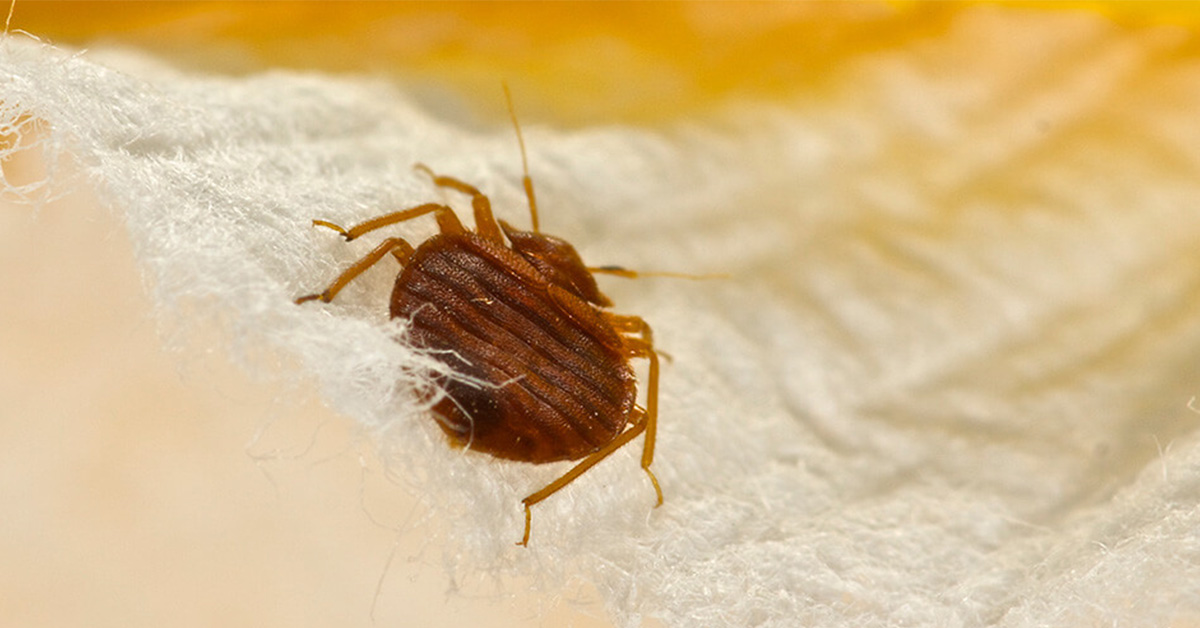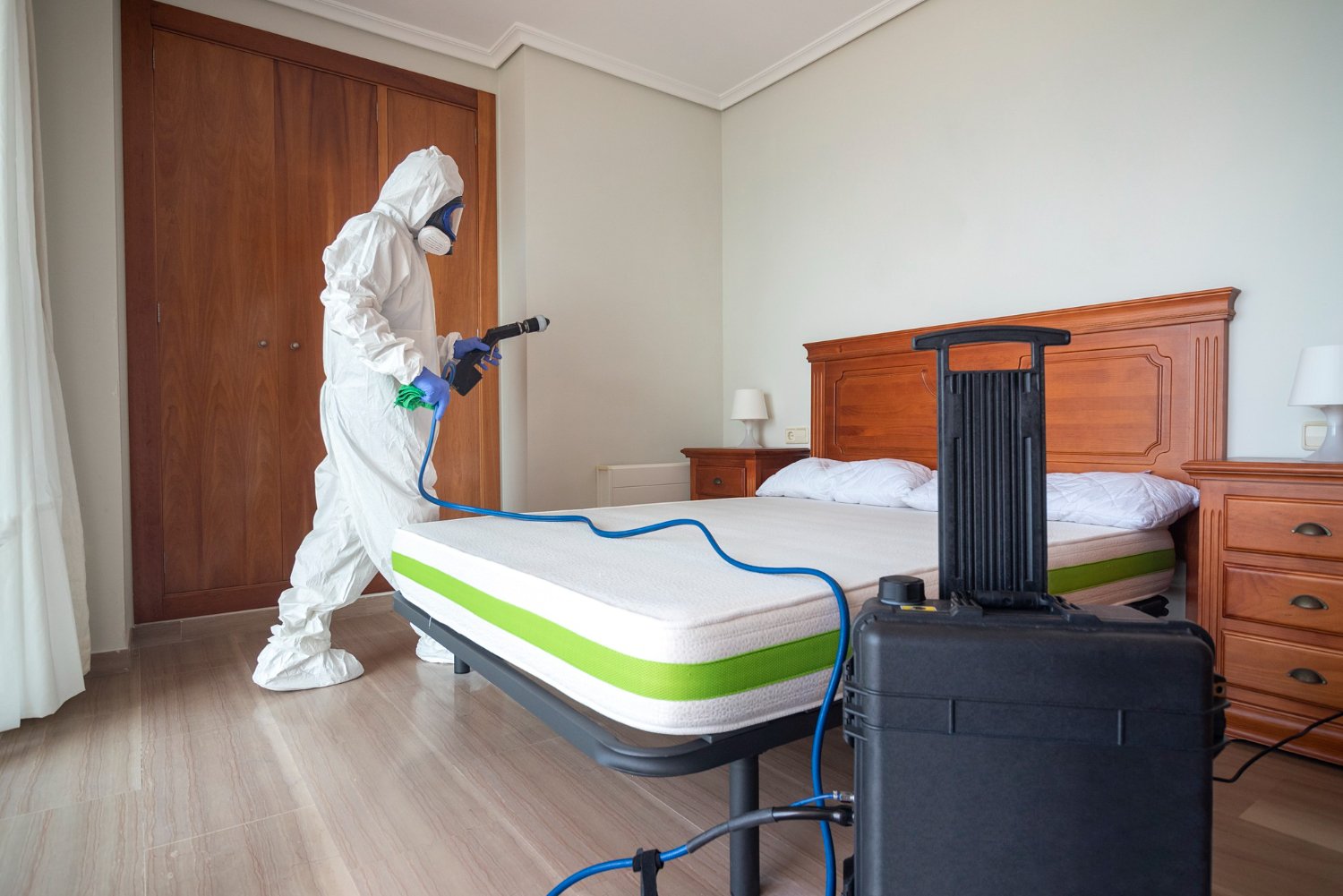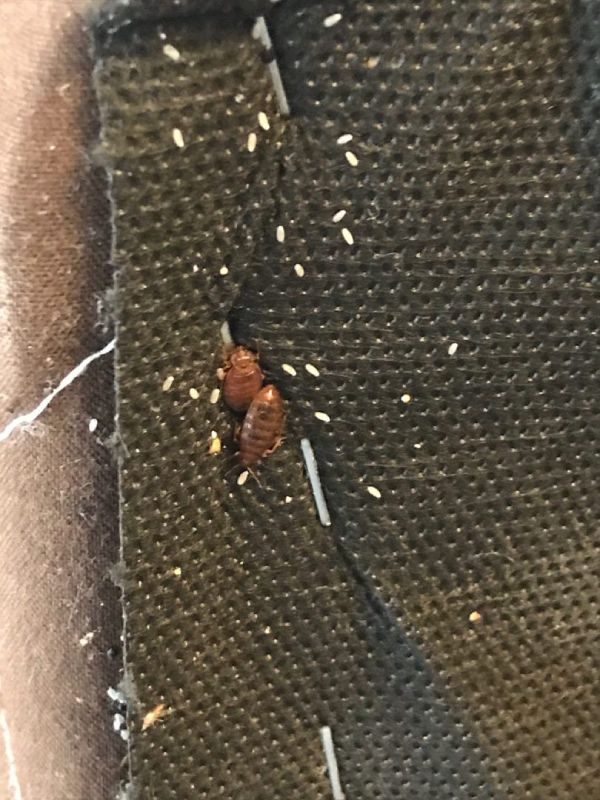Professional Kings Pest Control Cincinnati: Your Trusted Exterminators
Professional Kings Pest Control Cincinnati: Your Trusted Exterminators
Blog Article
Sorts Of Bug Control: Which Approach Is Right for Your Problem?
When faced with a bug invasion, the choice of a suitable method for insect control is important in successfully taking care of the situation. By exploring the numerous types of bug control methods offered, people can make enlightened choices tailored to their distinct circumstances, ensuring a more lasting and efficient outcome in insect removal.
Chemical Pest Control
Chemical bug control entails the usage of artificial or naturally obtained chemicals to handle and eradicate pest populations properly. This approach is generally utilized in agriculture, forestry, and residential setups to fight a vast array of bugs, including weeds, rats, and pests. The use of chemical pesticides can give quick and targeted remedies to pest invasions, making it a prominent selection for lots of people and companies.
One of the key advantages of chemical bug control is its ability to quickly remove parasites, decreasing the risk of damages to plants, home, and human health. By utilizing specific chemicals that target specific insects, this technique can properly manage invasions while minimizing injury to useful microorganisms and the environment when applied correctly.
Nonetheless, the use of chemical insect control likewise raises issues concerning potential adverse results on non-target species, water resources, and human health and wellness. It is critical to adhere to safety and security guidelines, apply chemicals sensibly, and think about alternative insect control techniques to lessen these risks and guarantee lasting parasite monitoring practices.
Biological Bug Control
Organic insect control, likewise called biocontrol, makes use of living organisms to reduce and handle bug populaces naturally. This approach harnesses the power of nature to control insects without the requirement for synthetic chemicals. Biocontrol can involve the intro of natural adversaries of the parasite species, such as pathogens, parasites, or predators, to subdue insect populations. By utilizing the insect's natural killers or virus, biological insect control provides a eco-friendly and sustainable service to pest administration.

Mechanical Insect Control
Making use of physical and manual methods to take care of bug populaces, mechanical insect control uses a different technique that does not rely upon using living organisms or synthetic chemicals. This technique involves using barriers, catches, or other devices to literally prevent or remove pests. By obstructing pest entrance factors or setting up catches to capture them, mechanical pest control can properly minimize infestations without introducing chemicals right into the environment.
One common instance of mechanical parasite control is making use of mesh displays on doors and home windows to avoid insects from getting in buildings. This simple yet reliable method acts as a physical obstacle, keeping pests out while permitting for appropriate air flow. Furthermore, devices like mousetraps, fly swatters, and ultrasonic repellents drop under the mechanical insect control category.
While mechanical bug control methods can be labor-intensive and call for regular tracking and upkeep, they use a lasting and eco-friendly remedy for handling parasite invasions. By incorporating different mechanical methods, homeowner can develop an extensive parasite control technique that lessens reliance on chemical pesticides.
Physical Bug Control

Some typical physical insect control approaches include making use of barriers such as screens or nets to protect against insect entry, traps to capture and get rid of bugs, and hand-picking to physically remove insects from plants or structures. In addition, methods like warmth treatments can be made use of to manage parasites like bed bugs by increasing the temperature to degrees that are lethal to the pests.
Physical bug control is especially helpful in incorporated bug monitoring (IPM) approaches, where several pest control approaches are integrated for effective bug management while minimizing the use of chemicals. By making use of physical insect control strategies, individuals can properly attend to pest problems with very little ecological effect.
Integrated Parasite Management
When applying physical insect control approaches as part of parasite management approaches, Integrated Pest Administration (IPM) arises as a detailed technique that leverages various strategies to effectively manage pest populaces. IPM concentrates on long-lasting avoidance of parasites with a mix of organic, cultural, physical, and chemical tools customized to specific insect concerns. By integrating multiple control techniques, IPM intends to minimize the risks connected with parasites while likewise lowering click reference reliance on chemical options.
One key facet of IPM is the focus on surveillance and evaluating pest populations to identify the most proper control techniques. This proactive technique enables very early intervention and targeted techniques, bring about a lot more reliable insect administration. Additionally, IPM advertises eco-friendly methods by focusing on non-chemical control methods and only using chemicals as a last option.
Conclusion

By making use of the bug's natural predators or microorganisms, organic parasite control provides a ecologically pleasant and lasting remedy to pest management. - Kings pest control cincinnati oh
Making use of manual and physical methods to manage pest populations, mechanical pest control offers an alternative method that does not depend on the use of living organisms or synthetic chemicals.An effective method to managing insect populations without relying on chemical or organic approaches entails the usage of physical insect control methods.When try this web-site implementing physical parasite control approaches as part of bug administration strategies, Integrated Pest Monitoring (IPM) arises as a thorough technique that leverages different methods to efficiently control pest populations. Chemical pest control entails the usage of pesticides, organic parasite control uses natural predators, mechanical pest control entails physical barriers, physical pest control consists of trapping or removing parasites, and incorporated pest management incorporates several methods for an all natural technique to pest control.
Report this page